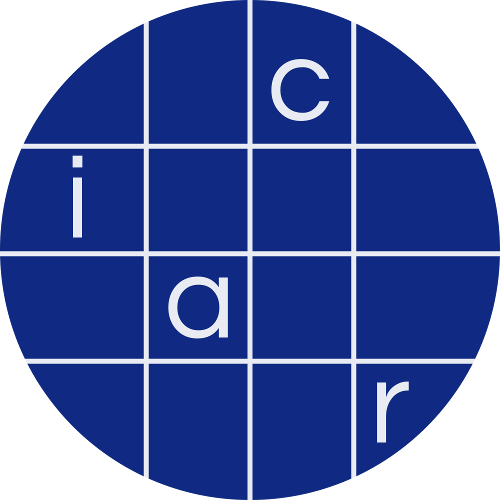IACR News item: 05 November 2025
Preshtha Garg, Sanjam Garg, Guru-Vamsi Policharla, Bhaskar Roberts
Anonymous credentials allow users to authenticate themselves in an anonymous and unlinkable fashion. By the end of 2026, EU member states will be required to issue digital identity wallets to their residents that enable authentication in this manner. In decentralized settings, we desire schemes with additional properties: schemes that allow multiple authorities to issue credentials, hide the identities of the issuers, and allow verifiers to dynamically choose their policies.
We present the first construction of issuer-hiding anonymous credentials with constant-sized showing, threshold issuance, and no requirement of interactive setup. Silent (non-interactive) setup is crucial as the various issuers may be slow-moving, independent organizations that are unwilling to coordinate in a distributed key generation protocol beforehand. Our construction also supports dynamic verifier policies. This is useful if different verifiers disagree about which issuers they trust or what threshold they accept.
At the heart of our scheme, we construct threshold structure-preserving signatures with silent setup and prove security in the generic group model. We also provide a NIZK for anonymous showing that is more efficient than a standard application of Groth-Sahai proofs. Finally, we provide an implementation of our scheme in Rust, along with concrete efficiency metrics.
We present the first construction of issuer-hiding anonymous credentials with constant-sized showing, threshold issuance, and no requirement of interactive setup. Silent (non-interactive) setup is crucial as the various issuers may be slow-moving, independent organizations that are unwilling to coordinate in a distributed key generation protocol beforehand. Our construction also supports dynamic verifier policies. This is useful if different verifiers disagree about which issuers they trust or what threshold they accept.
At the heart of our scheme, we construct threshold structure-preserving signatures with silent setup and prove security in the generic group model. We also provide a NIZK for anonymous showing that is more efficient than a standard application of Groth-Sahai proofs. Finally, we provide an implementation of our scheme in Rust, along with concrete efficiency metrics.
Additional news items may be found on the IACR news page.
